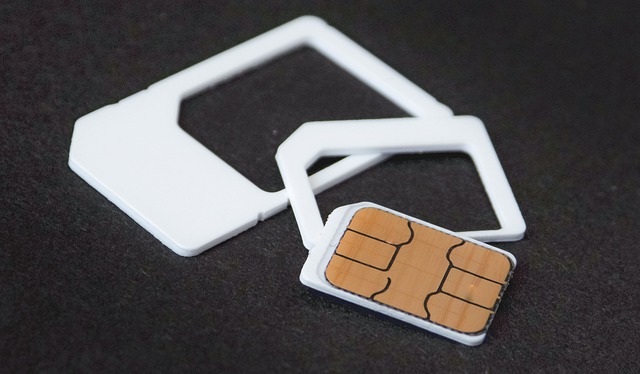VoLTE: Revolutionizing Voice Communication in the Digital Age
Voice over Long-Term Evolution (VoLTE) is transforming how we communicate in an increasingly connected world. As mobile networks evolve, this technology is reshaping the landscape of voice calls, offering enhanced quality and efficiency. But what exactly is VoLTE, and how is it changing the game for both consumers and telecom providers?

With the advent of 4G LTE networks, designed primarily for high-speed data transmission, a new challenge emerged: how to integrate voice services seamlessly into this packet-switched environment. This is where VoLTE comes into play, offering a solution that leverages the full potential of LTE networks for both data and voice.
Understanding VoLTE Technology
VoLTE is not just an incremental improvement; it’s a fundamental shift in how voice calls are transmitted. Unlike traditional circuit-switched voice calls, VoLTE uses packet-switched technology, treating voice as just another form of data. This approach allows for more efficient use of network resources and enables a host of new features.
At its core, VoLTE uses the IP Multimedia Subsystem (IMS) architecture to deliver voice services over LTE networks. This technology enables high-definition voice calls, faster call setup times, and the ability to maintain simultaneous voice and data connections. Moreover, VoLTE can support advanced services like video calling and rich communication services (RCS) without requiring separate applications.
The Benefits of VoLTE for Consumers
For the average user, the transition to VoLTE might seem subtle at first, but the benefits are significant. One of the most noticeable improvements is call quality. VoLTE uses wideband audio codecs that can transmit a broader range of frequencies, resulting in clearer, more natural-sounding calls. This enhanced clarity can make a significant difference, especially in noisy environments or during conference calls.
Another key advantage is reduced call setup time. VoLTE calls connect almost instantaneously compared to traditional circuit-switched calls, enhancing the user experience. Additionally, VoLTE allows users to maintain high-speed data connections while on a call, eliminating the need to choose between talking and browsing.
Network Efficiency and Operator Advantages
From a telecom operator’s perspective, VoLTE offers several compelling advantages. By moving voice traffic to the LTE network, operators can more efficiently use their spectrum resources. This efficiency allows them to support more users and provide better overall service quality.
VoLTE also paves the way for the eventual decommissioning of older 2G and 3G networks, which can be costly to maintain. By consolidating voice and data services on a single network, operators can simplify their infrastructure and reduce operational costs. Furthermore, the transition to VoLTE enables operators to offer innovative services that blend voice, video, and messaging, opening up new revenue streams.
Challenges in VoLTE Implementation
Despite its benefits, the rollout of VoLTE has not been without challenges. One of the primary hurdles has been ensuring seamless interoperability between different networks and devices. VoLTE calls require both the caller and recipient to have VoLTE-capable devices and be connected to VoLTE-enabled networks. This requirement has slowed adoption in some markets.
Another challenge lies in managing the quality of service for VoLTE calls. Unlike circuit-switched calls, which have dedicated channels, VoLTE calls compete with other data traffic. Ensuring consistent call quality, especially during network congestion, requires sophisticated traffic management techniques.
The Future of Voice Communication
As VoLTE becomes more widespread, it’s setting the stage for the next evolution in voice communication. The technology is already being adapted for 5G networks, promising even higher quality calls and more advanced features. We’re likely to see increased integration of voice with other forms of communication, blurring the lines between traditional calls, video chats, and messaging.
Moreover, the principles behind VoLTE are influencing other areas of telecommunications. For instance, Voice over Wi-Fi (VoWiFi) uses similar technology to enable high-quality voice calls over Wi-Fi networks, further expanding connectivity options for users.
Conclusion
VoLTE represents a significant leap forward in mobile voice communication. By seamlessly integrating voice services into LTE networks, it offers improved call quality, faster connections, and more efficient use of network resources. As the technology continues to evolve and become more widespread, it’s poised to reshape how we think about voice calls in an increasingly data-centric world. For consumers and telecom operators alike, VoLTE is not just an upgrade to existing voice services; it’s a foundation for the future of digital communication.




